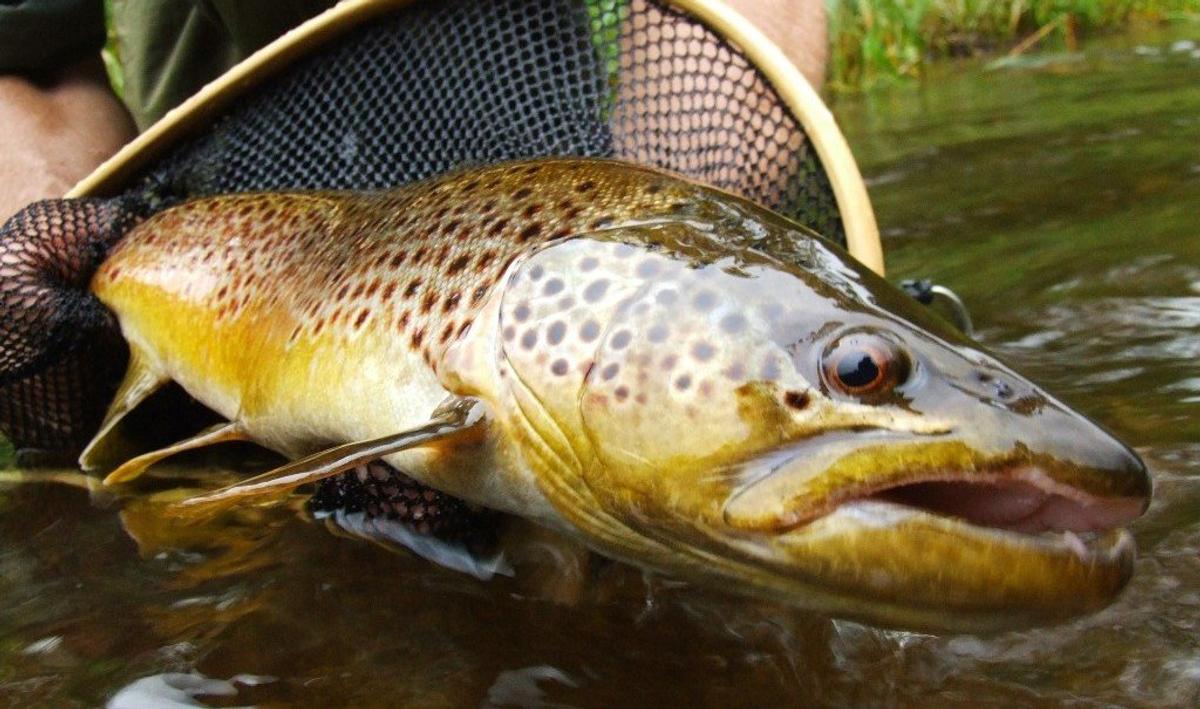How To Use Casting Bubbles To Catch Trout
Using casting bubbles while trout fishing can be tough. There’s a reason fly fishing has always been the predominant technique for trout anglers. It’s because trout, particularly in streams and rivers eat a tremendous amount of small prey items like insects, crustaceans, and tiny baitfish. Flies and small lures that are designed to imitate such prey often weigh in the tenths of an ounce or even smaller.Good luck casting them with any distance on conventional spinning tackle…Fly rods can cast light flies well because the weight is actually in the line. By repeatedly whipping the rod back and forth, the weight of the line pulls itself out farther and farther from the reel with each pass, adding length to the cast until the angler is ready to let it lie.The problem is, fly rods can be difficult to use for novices, and they are generally on the pricey side. Fortunately though, there is a way for spin fishermen to get in on the fly fishing world.
Enter the casting bubble.
Casting bubbles are usually clear bubbles of plastic with a removable rubber stopper through their center. They attach to your main line and work as both a weight for casting and a strike indicator. By pulling the rubber core out and adding water, their buoyancy can also be adjusted to get the most natural drift.
To rig casting bubbles:
Pull out the rubber core and feed your line through, leaving 18 to 36 inches of line on the other side. To the end, secure your favorite wet or dry fly. Then pull one end of the core out and add a little water. For dry flies, you want the bubble to have enough water that it floats just above the surface, and a little less for nymphs and streamers.The casting bubble’s weight will allow you to cast accurately from a distance, and it won’t affect the trout’s willingness to take the fly.From that point on, it fishes just like a panfish bobber – if it twitches or goes down, set the hook!
Updated February 22nd, 2016 at 12:31 PM CT


